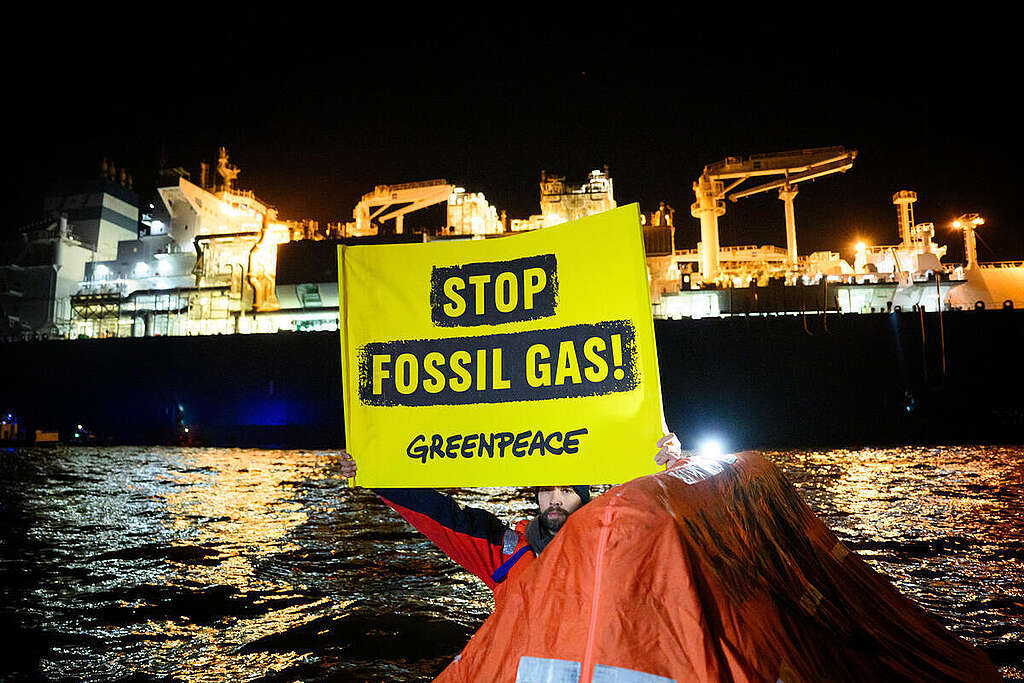As tensions mounted on the border between Ukraine and Russia, in the weeks and months before Russia’s full-scale invasion, it was clear to anyone with an eye on energy markets that Russia had the EU over a barrel. Over 3 million barrels per day at the time, of oil at least, and to that leverage you could add over 40% of the EU’s then gas imports, as well as nearly half of all the coal the bloc imported, and a quarter of the uranium. Russia already had the power to sow chaos in the EU with high energy bills, and fill its warchest at the same time. And while it has yet to publish a plan to end all Russian energy imports by 2027, the European Commission also seems set on handing this power to another bully by developing new energy dependencies to replace this one.

The break with Russian energy imports has been painfully slow, with one report finding that even last year the EU paid more for Russian fuels that it gave in aid to Ukraine. The EU has made some genuine progress in the last few years in accelerating the rollout of renewable energy, and cutting gas consumption, but much of the European Commission’s strategy has been to hook the EU on imports from other sources. From von der Leyen’s 2022 visit to Azerbaijan to the recent proposal to invest in other countries’ export infrastructure for liquefied gas, as a way to placate President Trump, it’s clear the Commission is not dealing with the structural vulnerability.
Leaning into energy dependencies like this leaves the EU open to extortion, supports authoritarian regimes and ties its energy security to volatile markets, at a time when Europe should be developing its own energy sovereignty. Increasing gas imports from the US, or restarting the Nord Stream 2 pipeline project, leaves European households at the mercy of petulant tariffs, artificial price hikes, or even supply shortages due to infrastructure sabotage. It is a huge strategic misstep to think that the source of supply is the problem, not the dependence on the fuels themselves.
Despite the massive problems that the EU’s gas dependency has caused, the European Commission still has no plan to phase out this fossil fuel – civil society has been calling for an end date of 2035 to be included in the EU’s 2040 climate targets, which are still currently on ice. Instead, Europe is pouring money into new fossil fuel projects, mostly for gas. If the EU is to break its fossil fuel addiction, the first step must be a ban on new projects, otherwise they either perpetuate the problem or become stranded assets if they’re not used. No new pipelines, no new gas terminals, no more half-measures.
The deepening climate crisis also risks placing extra stresses on a fossil-fuel based energy system. Sea-based imports are dependent on favourable weather, and power-plants compete with households, agriculture and industry for scarce water in drought situations. Investments in liquefied gas infrastructure would accelerate this vicious cycle, as the total emissions from extraction to use of liquified gas is even comparable to coal.
Europe needs a strategic reorientation towards renewable energy and massive reductions in energy waste, to set it free from bullies who can turn off the gas. By switching wholescale to renewables, the EU will fulfill its responsibility to its people by regaining control over its energy future, keeping prices predictable and cutting its reliance on regimes that undermine democratic values. Energy independence is not just about keeping the lights on, it is about securing Europe’s collective well-being, ensuring long-term stability and empowering citizens with a future built on sustainable, locally sourced energy.
Breaking free from fossil fuels is not only an environmental imperative, it is a matter of security and an act of resistance.
Thomas Gelin is a climate and energy campaigner at Greenpeace EU